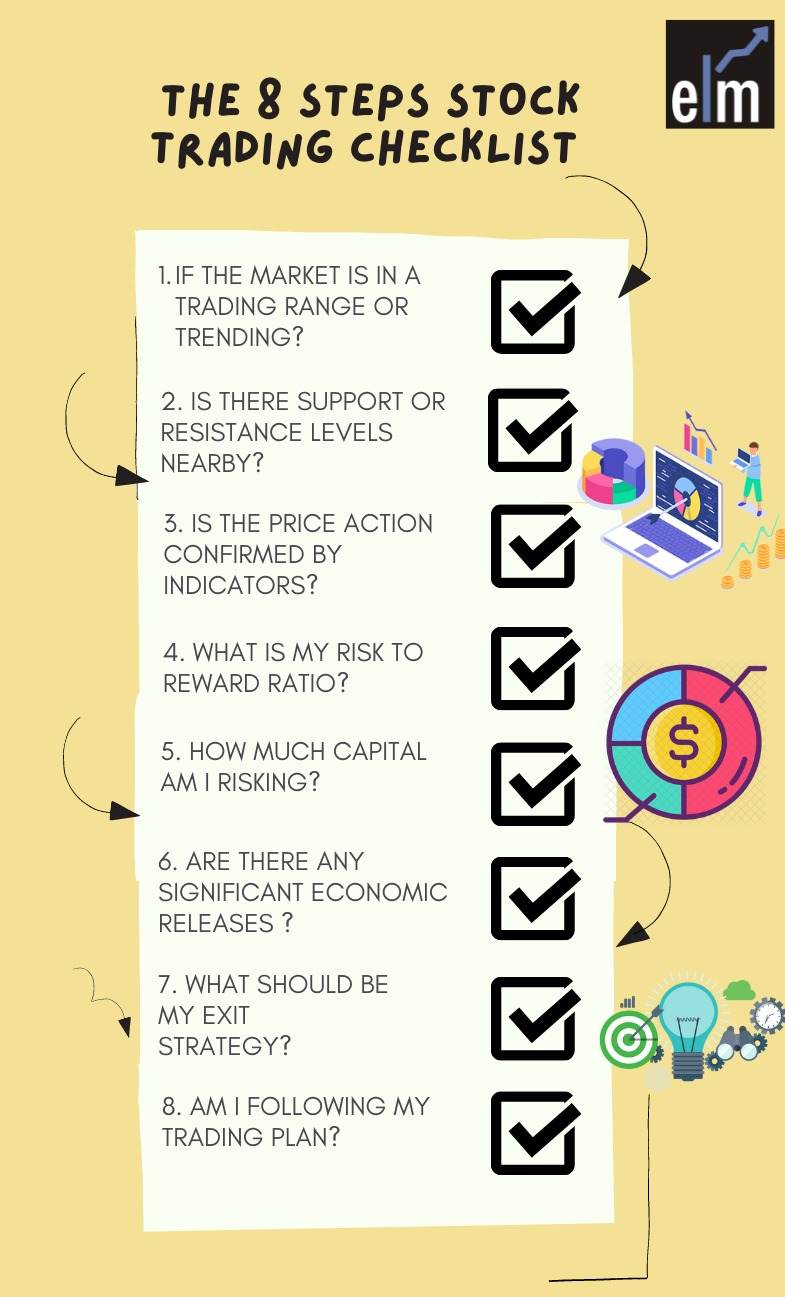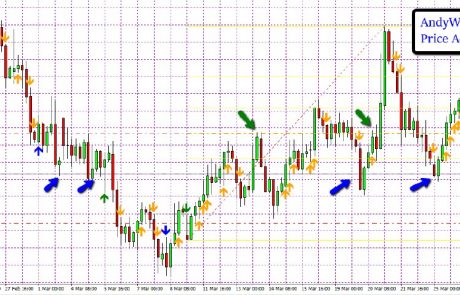In the high-stakes world of option trading, understanding implied volatility is a game-changer. It’s like navigating a treacherous ocean, where the tide can turn at any moment. In this article, we’ll dive into the depths of implied volatility, exploring its meaning, applications, and strategies to help you sail through the market’s turbulent waters.

Image: blog.elearnmarkets.com
Before we dive deeper, let’s understand the basics. Implied volatility (IV) measures the market’s expectation of price fluctuations in an underlying asset over a specified period. It’s an essential metric that helps traders gauge the potential risk and reward associated with an option strategy.
The Significance of Implied Volatility in Option Pricing
IV is a crucial factor in determining the premium (price) of an option. The higher the IV, the more expensive the option will be. This is because a higher IV indicates that the market anticipates significant price movements, which increases the potential for profit but also the risk of loss.
Traders use IV as a tool to identify trading opportunities. When IV is high, it may be an indication that the market is expecting a volatile period, providing opportunities for options strategies that benefit from significant price fluctuations. Conversely, when IV is low, it suggests a more stable market environment, which may be suitable for strategies less reliant on extreme price swings.
Historical Volatility vs. Implied Volatility
Historical volatility measures the past volatility of an underlying asset. While it provides insights into historical price fluctuations, it’s not always a reliable indicator of future volatility. Implied volatility, on the other hand, captures the market’s forward-looking expectations about future price movements, making it a more valuable tool for option traders.
By comparing historical and implied volatility, traders can gauge the market’s sentiment and make informed decisions. If IV is significantly higher than historical volatility, it may indicate an overestimation of future price fluctuations, providing an opportunity to sell options and collect premiums. Conversely, a low IV relative to historical volatility may suggest an undervaluation of future volatility, presenting a buying opportunity for options.
Expert Insights and Tips for Utilizing Implied Volatility
Mastering implied volatility requires both technical understanding and practical experience. Here are valuable tips from experts to guide your trading:
- Monitor IV levels: Keep a close eye on IV changes, as they can provide insights into market sentiment and potential trading opportunities.
- Consider volatility regimes: The market often experiences periods of high and low volatility. Identifying these regimes can help you adjust your trading strategies accordingly.
- Use IV-based strategies: There are trading strategies specifically designed to capitalize on IV fluctuations, such as Iron Condors and Strangles.
- Combine implied volatility with technical indicators: Combining IV with other technical analysis tools can enhance your decision-making process.

Image: www.andywltd.com
FAQs: Unraveling Common Questions on Implied Volatility
- Q: How is implied volatility calculated?
A: Implied volatility is calculated using mathematical models that incorporate the price of the underlying asset, the time until expiration, and the risk-free interest rate. - Q: What factors influence implied volatility?
A: Implied volatility is influenced by factors such as news, economic data, earnings announcements, and the overall market sentiment. - Q: How do I use implied volatility in my trading?
A: Implied volatility can be used to assess the potential risk and reward associated with an option strategy, identify trading opportunities, and adjust your trading strategies based on volatility regimes.
Imp Vol In Option Trading

Image: optionalpha.com
Conclusion: Embracing Implied Volatility for Informed Trading
Implied volatility is an essential tool that unlocks the hidden potential in option trading. By understanding its nature, significance, and applications, you can elevate your trading skills and navigate the volatile waters of the financial markets.
Are you ready to embrace the power of implied volatility and enhance your option trading strategies? Join the ranks of successful traders who have mastered this vital element and seize the opportunities it brings.






